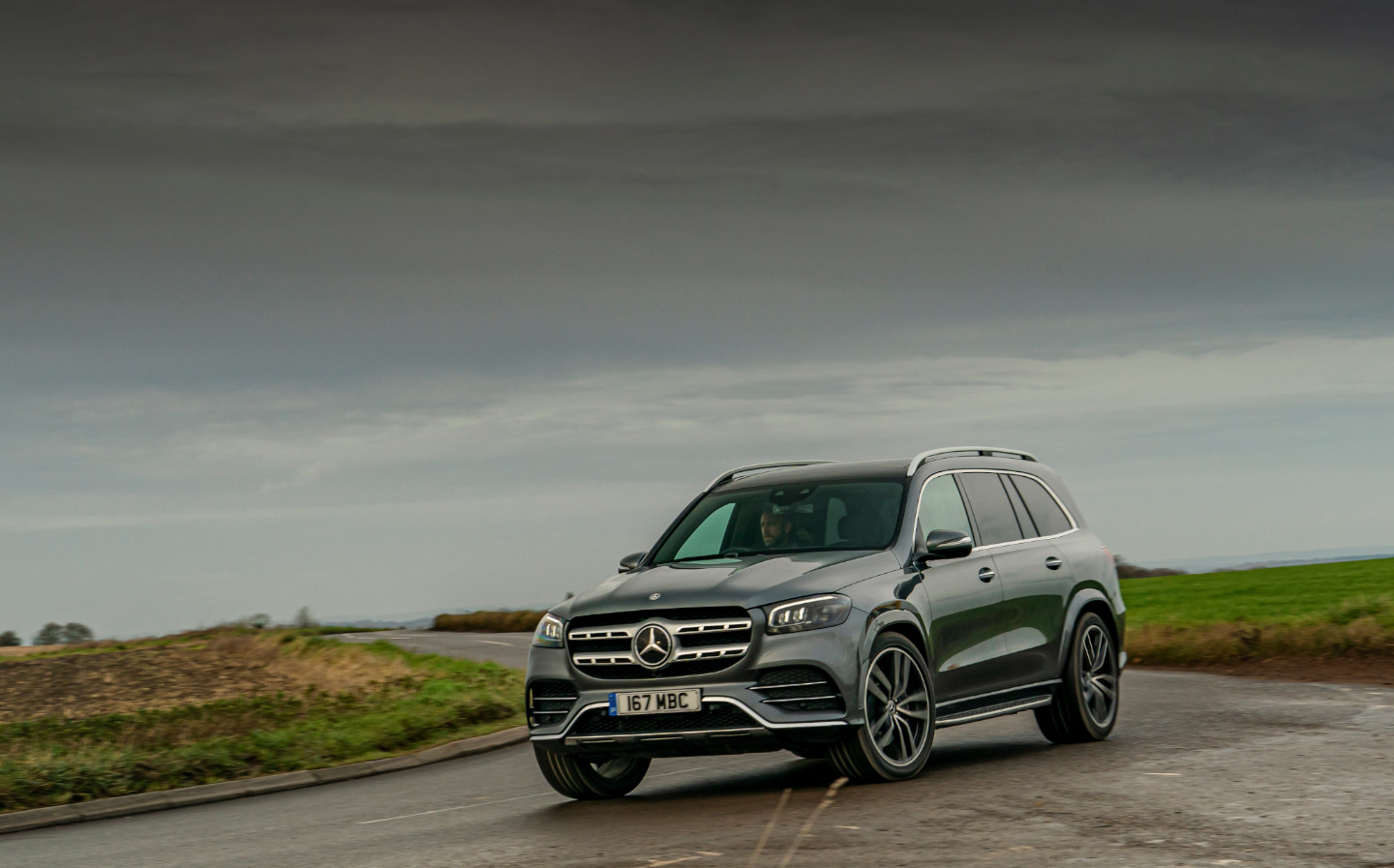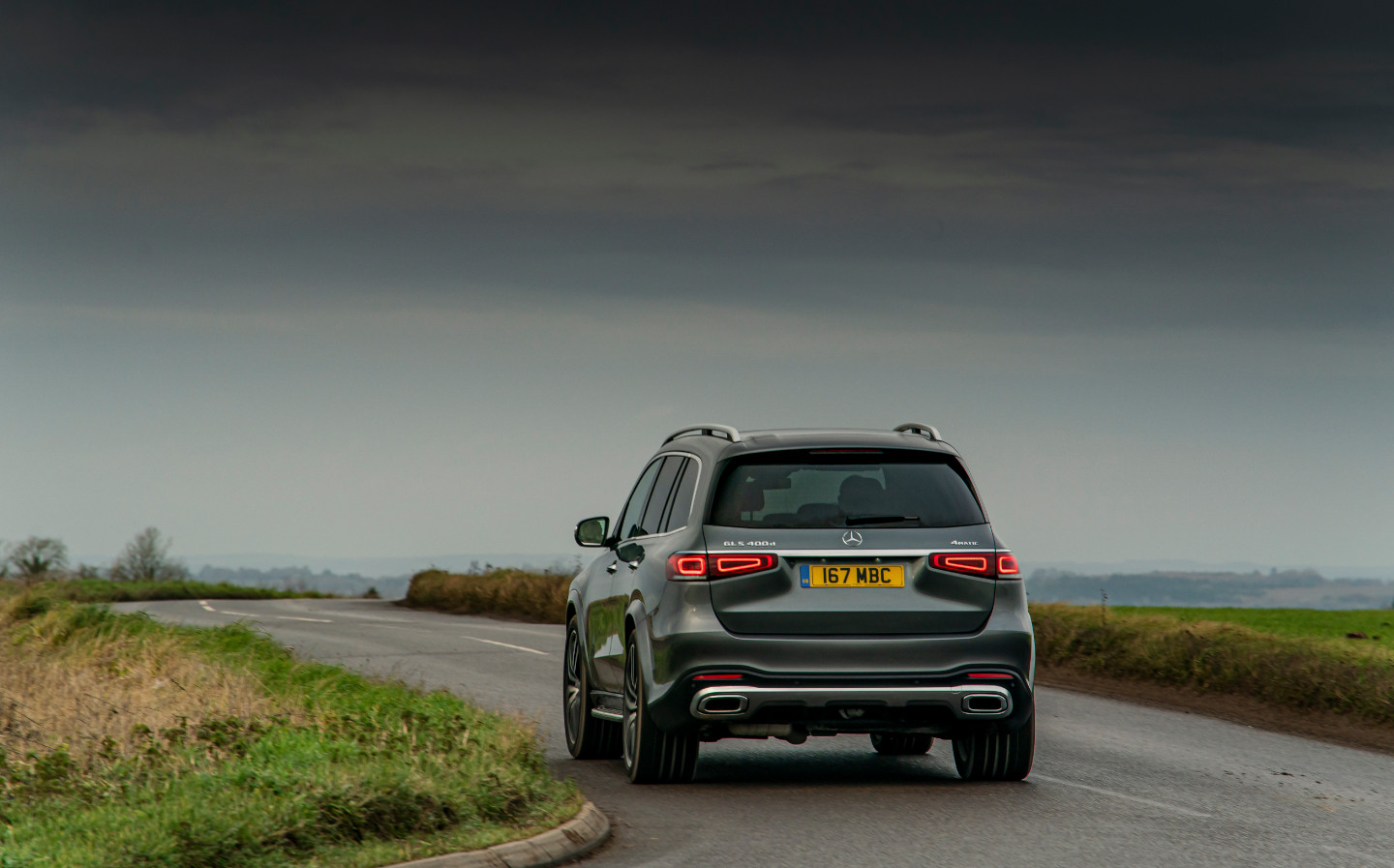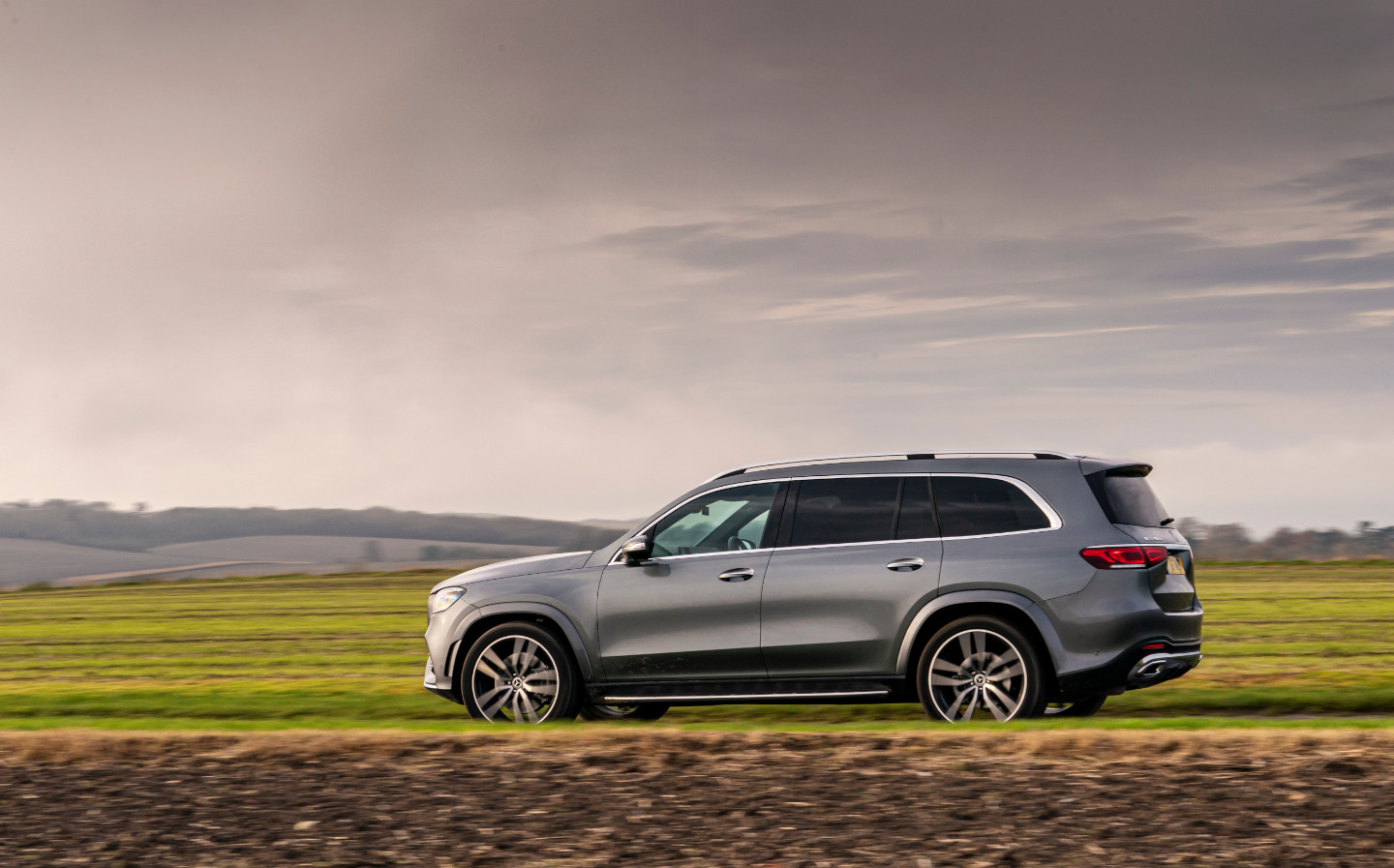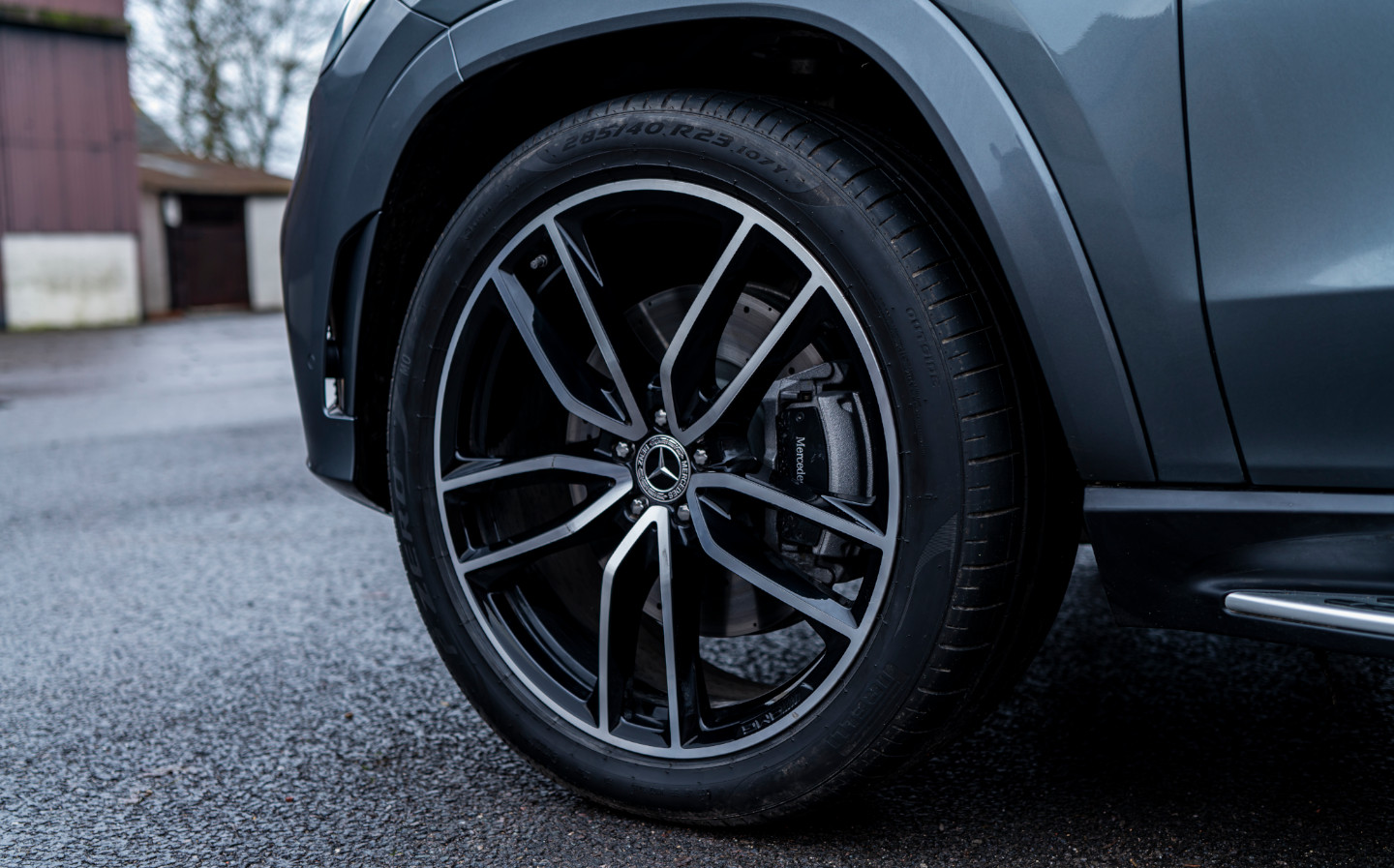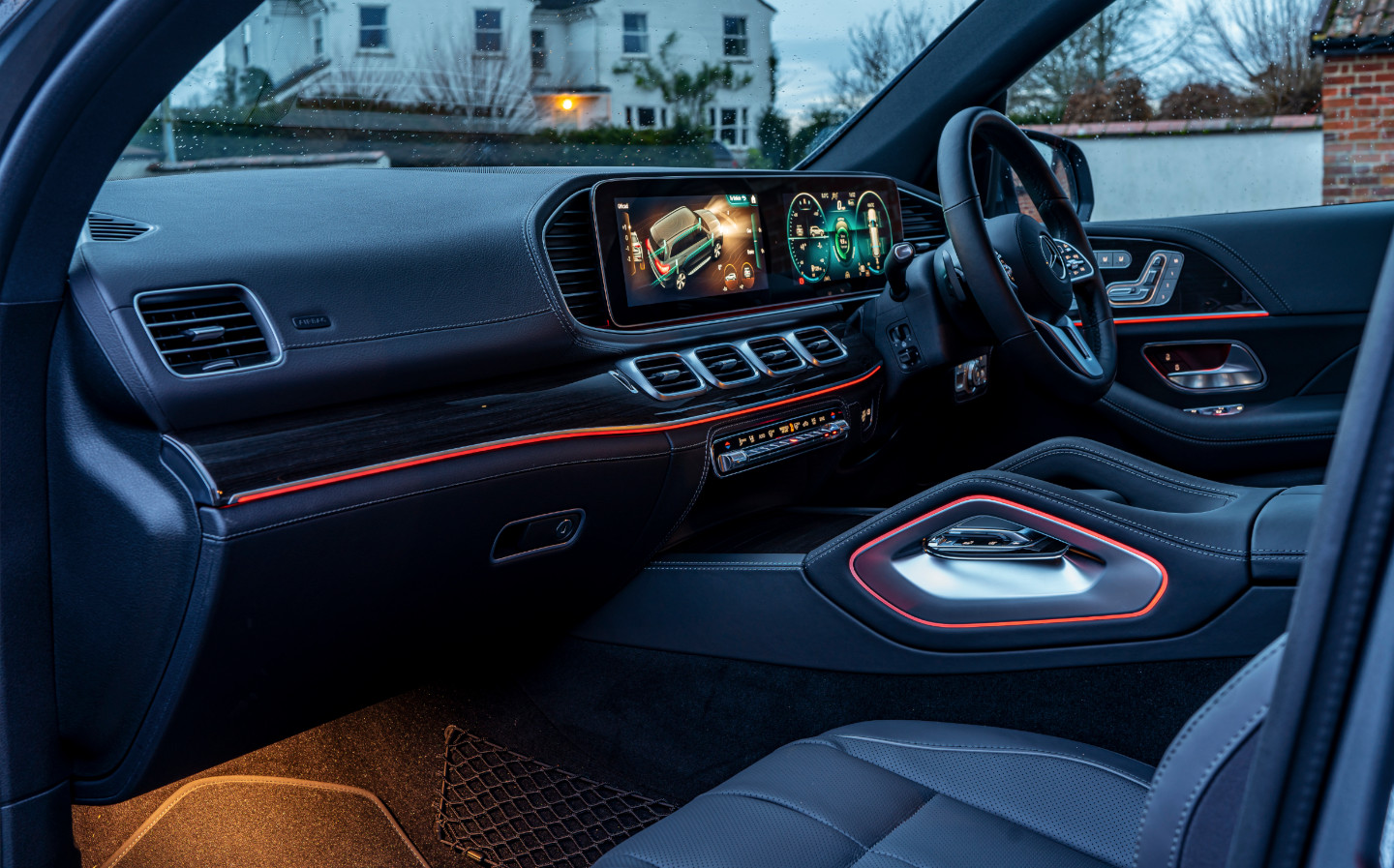The Grand Tour's script editor Richard Porter reviews the Mercedes GLS
These types of plane-sized cars are going to become a more regular fixture on UK roads, he says
THE FIRST thing that Richard Porter noticed when the Mercedes GLS turned up at his house on a sunny morning was that everything went dark. The largest SUV in Mercedes’ lineup is so big, he writes in today’s Sunday Times Magazine, that it blocks out the sun.
The Grand Tour (and formerly Top Gear) script editor points out that the GLS’s length of more than five metres makes it not only slightly bigger than its predecessor (as is the trend these days), but longer than the stretched-wheelbase Range Rover. Cars like this used to only exist across the Atlantic but as we begin craving vehicles with enough space for our “families, flatpack furniture and foreign holidays”, we in the UK are beginning to embrace the era of the monster SUV, too.
That’s especially true in the time of coronavirus, Porter says, when foreign travel is so much harder. Much better to pack the family, the dogs and the suitcases in the back of a seven-seater behemoth and trundle, comfortably and bare-faced, towards a cosy UK holiday. Especially in the GLS’s five-seat mode, which “allows you to slide back the middle row, giving teens lots of space to stare unblinkingly at their phones”.
With all seven seats in place, however, the GLS isn’t quite as accommodating as much as Porter had imagined. “Given that things of this size usually come with stained-glass windows, I climbed in expecting legroom aplenty and a small gift shop for passengers to browse in,” he says. However, Mercedes opted to allocate a good portion of the GLS’s space to the boot (which has 470 litres for luggage when the seats are up), rather than the passengers. That’s not to say that it’s cramped, but it’s “more premium economy than business class”.
The aeroplane comparisons continue with the driver’s seat, which is just about the closest you can get to the pilot’s seat of a jumbo jet, in Porter’s opinion. Weighing in at a portly 2,485kg, the GLS is not exactly svelte but seeing as the one Porter tested is packed with a 2.9-litre diesel engine, and there are other variants available with a 4.0-litre V8 from AMG, it’s not exactly slow. Put your foot down and the GLS doesn’t struggle to get going, and accelerates at a speed that will make you forget its bulk. In his words: “On the motorway it hurtles towards smaller objects — such as Shrewsbury — with little noise or fuss.”
And when you want to thrash the GLS about on country roads, it proves itself to be “freakishly agile”, which he notes is useful for when you find yourself racing against time to make it to the Eurostar after your trip to France is scuppered by quarantine rules.
One can’t ignore the £90,000 price tag of Porter’s test car. For that kind of money you expect a good amount of equipment, and the GLS delivers with a twin-screen infotainment setup that displays elegantly rendered readouts alongside media and navigation info. It can also be controlled via either a touch screen or remote control, depending on what takes your fancy. That means that the interior of the car feels “modern and practical”, despite an experience Porter had with an easily breakable climate control knob.
Overall, however, this is a good example of a genre of car we’re going to see a lot more of on Britain’s roads, he says, especially as we begin to swap jumbo jets for sizeable SUVs.
To read Richard Porter’s review of the Mercedes GLS, head to The Sunday Times website, or grab a copy of this weekend’s Sunday Times Magazine.
Tweet to @ST_Driving Follow @ST_Driving


